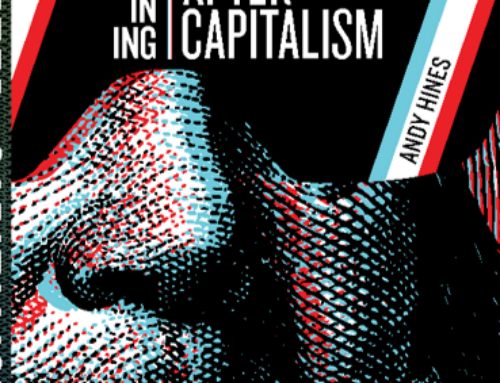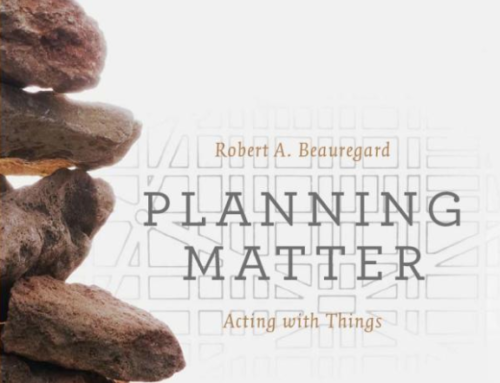
Envisioning Real Utopias by Erik Olin Wright is a book about conceptualizing and creating a post capitalist society. Rather than a strong advocation for any single particular system to replace it, Wright gives a pragmatic evaluation of several. He devotes about 50 pages to a basic view of where capitalism falls short, which is helpful, although most of its readers will likely already be aware of most of them. Even if that’s not the case, the book is still a quality introduction to post capitalist thought. It makes a point to distinguish between capitalism, statism, and socialism, and the fact that all 3 are hybrids of the other two to some extent. If that was all the book had to offer it would still be a marked improvement to political economic discourse.
As far as specific systems Wright’s evaluations include but are not limited to; social democratic regulation, associational democracy, social capitalism, cooperative market economy, and social economy. Common themes are words like social, democratic, association, cooperation etc. and true many of these systems are similar and are not mutually exclusive, but they are still different, and Wright does a good job of laying out the specifics. Each system has differing origins, and varying levels of historical precedence.
Probably the most interesting parts of the book were the sections on real life empirical evaluations of present and historical anti capitalist systems. Standouts include; Quebec’s social economy for child and eldercare, solidarity funds to invest in small businesses that train and treat employees properly, and the Mondragon Worker Co-op in Spain.
Once we accept the premise that capitalism presents very dire and more importantly very avoidable problems and that there are viable alternatives to be realized then comes the hard part. How do we successfully and sustainably change the system for the better?
Wright addresses the fact that capitalism despite what Marx predicted has ostensibly not become weaker over time, but in fact has become stronger, deeper rooted, and more adaptable than expected. In fact even movements that start as havens to protect people from the harsh realities of capitalism are often simply co-opted by capitalists and used to gain profit and to increase capitalism’s ideological hold. For example the Fair Trade movement was started in order to improve standards and trading conditions for developing nations. As time has passed some organizations have dropped the label due to a perceived dilution of standards, pulling the movement further from its initial goals and closer to a marketing ploy.
Wright is also somewhat of a rare case in that he simultaneously recognizes three non conflicting concepts. First the desirability of a post capitalist system, second the viability of such a system and third, the high level of difficulty in transitioning to such a system. “capitalism is sufficiently secure and flexible in its basic structures that there is no strategy possible that immediately threatens it. The strategic problem is to imagine things we can do now which have a reasonable chance of opening up possibilities under contingent conditions in the future.” (327) There are gaps in the social reproduction of capitalism, but they have to become wide enough for alternatives to fill them. The three main strategies of threatening capitalism are ruptural, interstitial and symbiotic.
Ruptural strategy is the traditional revolutionary anti capitalist strategy. A direct confrontation with the bourgeoisie that would likely end poorly. Wright suggests they may have their place periodically on small scales, but he sees it as a largely outdated and ineffective strategy.
Interstitial strategy is more oriented towards providing alternatives to capitalism around the fringes of society. Ignore the bourgeoisie for the most part with direct confrontation only on a small scale when necessary. A benefit of interstitial is that these alternatives show potential changes and could gain support steadily for more democratic egalitarian solutions in larger and larger portions of society. This strategy seems slower than ruptural of course, but could actually be quicker than intuitively expected due to the possibility of tipping points in public opinion that create positive feedback loops and rapid social change.
Symbiotic is the most common strategy. Collaborate with the Bourgeoisie and try to find common ground or positive sum games with capitalist class. I would argue this was achieved in the post war decades of Keynesian Economics. High consumer demand and minimal economic crises are in the interest of all, but thus far history has shown that social democratic gains are largely temporary as the capitalist class must always seek to increase their share at any cost.
All in all whether skeptical or fanatical, new or experienced I’d recommend the book to anyone curious about post capitalism. The book is available at Amazon. –Collin Sledge




